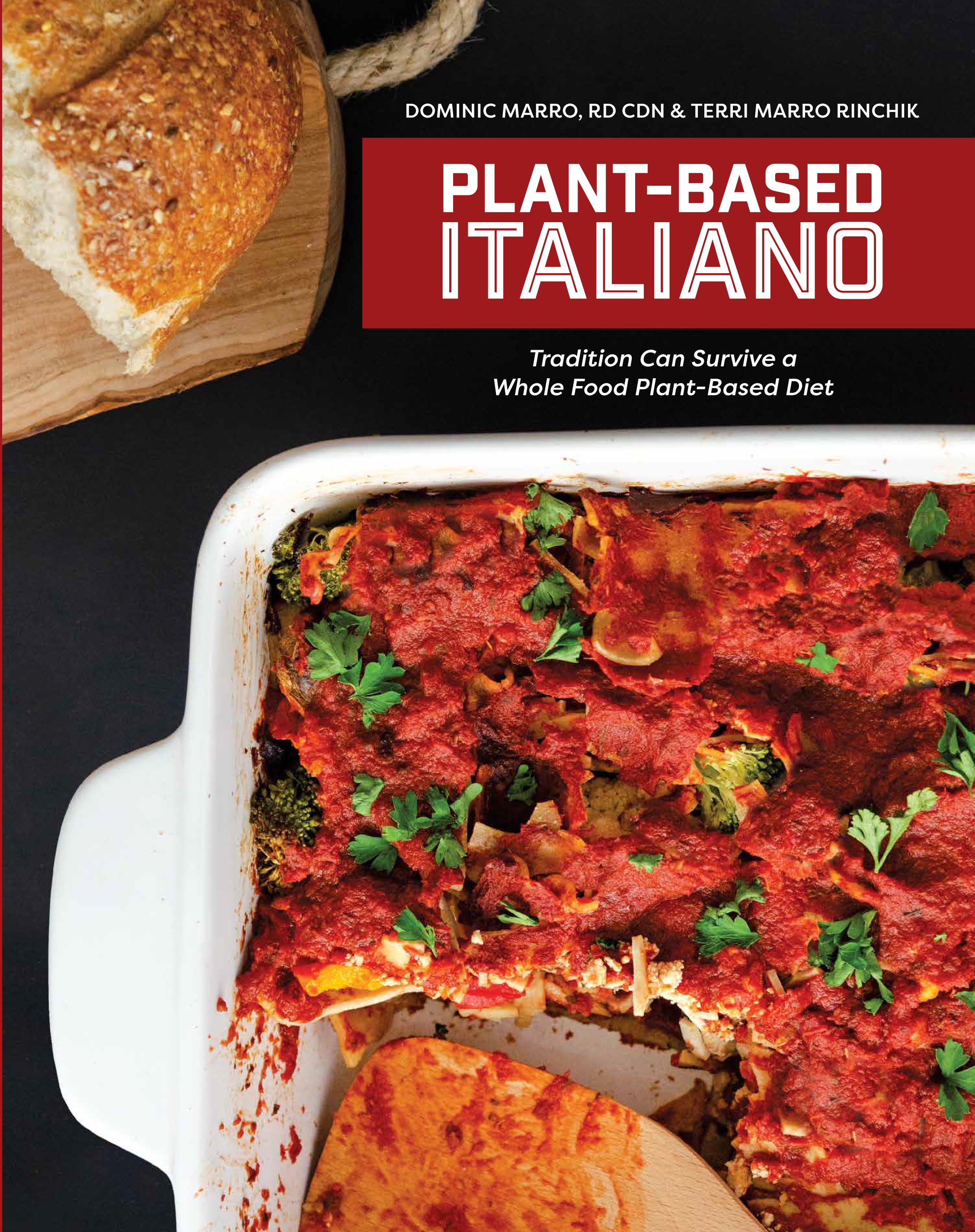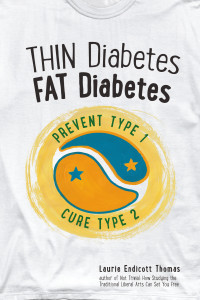There are two types of legumes: mature and immature. Mature legumes are the dried seeds found inside pods that hang from the stems of certain plants. They are excellent sources of fibre (approximately 15 g/cup), rich in protein, and low in fat…Green beans and peas, commonly referred to as vegetables, are actually immature legumes because they are harvested before maturing on the plant.”
Some well known legumes include alfalfa, clover, peas, beans, lentils, lupins, and peanuts (a peanut is a legume whose pod does not split open on its own). Unlike most other legumes, peanuts are high in fat.
This article focuses on beans because they are nutrient-dense, high in fiber and inexpensive. That’s why it hurts this dietitian to have interviewed so many people who claim to dislike beans. One popular reason for avoiding beans is because of their intestinal gas-causing properties.
Why Do Beans Cause Gas? (From About.com)
Beans (legumes) cause gas because they contain a particular sugar, oligosaccharide, that the human body cannot break down. Oligosaccharides are large molecules and are not broken down and absorbed by the lining of the small intestine as other sugars are. This is because the human body does not produce the enzyme that breaks down oligosaccharides.
Oligosaccharides make it all the way through the GI tract to the large intestine still intact. The bacteria that live in the large intestine break down the oligosaccharides. This produces the gas that must eventually come out of the rectum.
Lindsay Nixon from the Happy Herbivore site writes:
“Anytime you make a change to your diet, your body needs time to adjust. This can take anywhere from a few days to several weeks.
When people make a change towards a plant based diet, they usually are eating more fiber and carbohydrates than before. It is this extra fiber and carbohydrates that are producing more gas than normal.”
As you transition to a WFPB lifestyle, you may want to eat legumes in small amounts and give your body time to adjust. The increased flatulence is actually a healthy sign.
Believe it or not, people eating WFPB diets have farts that stink less than farts from people consuming animal based diets. The science backs this up – I kid you not!
However, it would not be appropriate for you to start acting as if your s__t doesn’t stink.
Check out a blog article called “Bad farts? Meat Stinks!”
BEAN TIPS
- Beans need to be soaked overnight, with the water level about 2-3 inches over the beans.
- After soaking, drain the beans, rinse with fresh water and place in a large pot. Cover with 2 inches of water, and bring to a boil.
- Once boiling, turn heat down to a gentle, steady boil and cook for about 1 ½ hours. Test the beans by tasting; they should not be “hard” in texture, but also not too soft that they are mushy and falling apart.
- Once cooked, either use the beans in a recipe, or place in a ziplock freezer bag and freeze them until ready to use. If refrigerating, use within 3-4 days.
Remember, lentils, split peas and black-eyed peas do not require soaking overnight. Rinse them with water and cook in your favorite recipes.
Pressure Cooking: It’s one of the Quickest Ways to Prepare Beans
- Soak ½ lb of dry beans using one of the three methods described.
- Drain beans and discard soaking water.
- Place beans in a 4-quart cooker with 4 cups of water.
- Cook at 15 lbs of pressure following the manufacturer’s directions for the type of beans you are cooking.
Microwaving
Reheating cooked beans in the microwave is fine, but microwaving beans during the soaking or cooking process is not recommended.
CANNED VS. DRIED
You can’t beat canned beans when it comes to convenience. But, dried beans are cheaper and they have a richer taste to them.
To get your beans to perfection, it’s best to soak them overnight. This softens the bean and ensures that they cook evenly. Put your dried beans in a pot with plenty of water, (water should be 2 or 3 inches above the beans), cover, and stash in the fridge until the next day.
After beans have soaked, drain the water, then replace with fresh, cold water, (roughly 3 cups of water to every cup of soaked beans, better too much than too little), and bring to a boil.
Once boiling, lower the heat to a simmer so as not to turn them to mush. Cook with the cover slightly ajar so that steam can escape. How long will depend on the bean but note that different factors, such as how old and how dry the bean is, will affect cooking times.
Once the beans are nice and tender, drain and use them as called for in the recipe. One cup of dried beans will yield roughly 3 cups of cooked.
Beans for Great Health
Beans have been associated with:
You may have been told to avoid beans because they contain phytate. Promoters of paleo-type diets avoid beans and other legumes because of the “antinutrient” properties of phytate. , I think this earlier article will ease any concerns you may have about phytate. In fact, I’m pretty sure you will decide to make sure you are eating plenty of phytate from consuming legumes and whole grains.
But I don’t like the texture of beans!
You might accept beans in the following forms:
- fat free hummus
- fat free bean dips
- pureed beans added to tomato sauce
- beans in pancakes
- Chocolate Mint Bars
- BBQ Soy Curls
Beans and many bean products are loaded with health promoting nutrients. And as you can see from the chart below, you get a big nutrient bang for your calorie buck:
Calorie Density of Beans and Bean Products
(Adapted from Vegan-weight-loss.com)
| Bean/ Legume Product | Calories per Pound |
| tofu, soft | 272 |
| tofu, firm | 320 |
| okra | 352 |
| tofu, regular | 352 |
| green peas | 384 |
| mung beans | 480 |
| mungo beans | 480 |
| broadbeans (fava) | 496 |
| cowpeas (blackeyes) | 528 |
| great northern | 528 |
| hyacinth beans | 528 |
| lentils | 528 |
| lima beans, large | 528 |
| mothbeans | 528 |
| split peas | 528 |
| yardlong beans | 528 |
| lupins | 544 |
| pigeon peas | 544 |
| adzuki beans | 576 |
| kidney beans | 576 |
| lima beans, baby | 576 |
| black beans | 592 |
| french beans | 592 |
| cranberry (roman) | 624 |
| white beans, large | 624 |
| white, small (navy) | 640 |
| pinto beans | 656 |
| yellow beans | 656 |
| pink beans | 672 |
| winged beans | 672 |
| chickpeas (garbanzos) | 736 |
| soy beans, cooked | 784 |
| soy tempeh | 880 |
| miso | 896 |
| natto | 960 |
| peanuts, boiled | 1440 |
| soy beans, dry roasted | 2048 |
| peanuts, dry roasted | 2656 |
Make beans a regular part of your WFPB diet!
Stay Healthy and Strong!






 E Excerpt from Laurie Endicott Thomas’s amazing book Thin Diabetes – Fat Diabetes by clicking here!
E Excerpt from Laurie Endicott Thomas’s amazing book Thin Diabetes – Fat Diabetes by clicking here!
Speak Your Mind